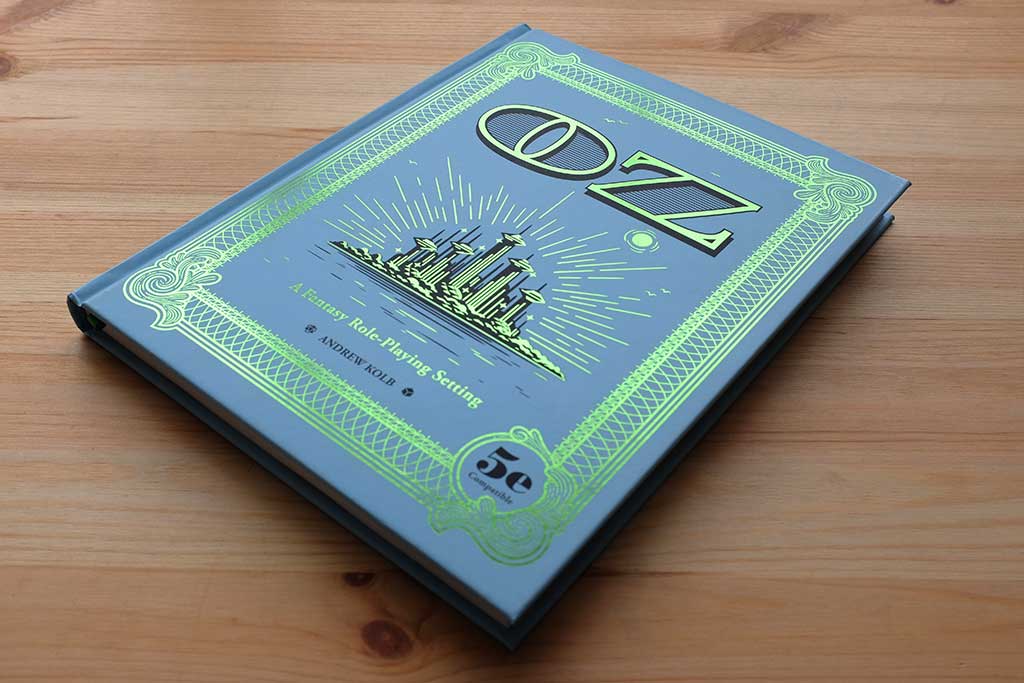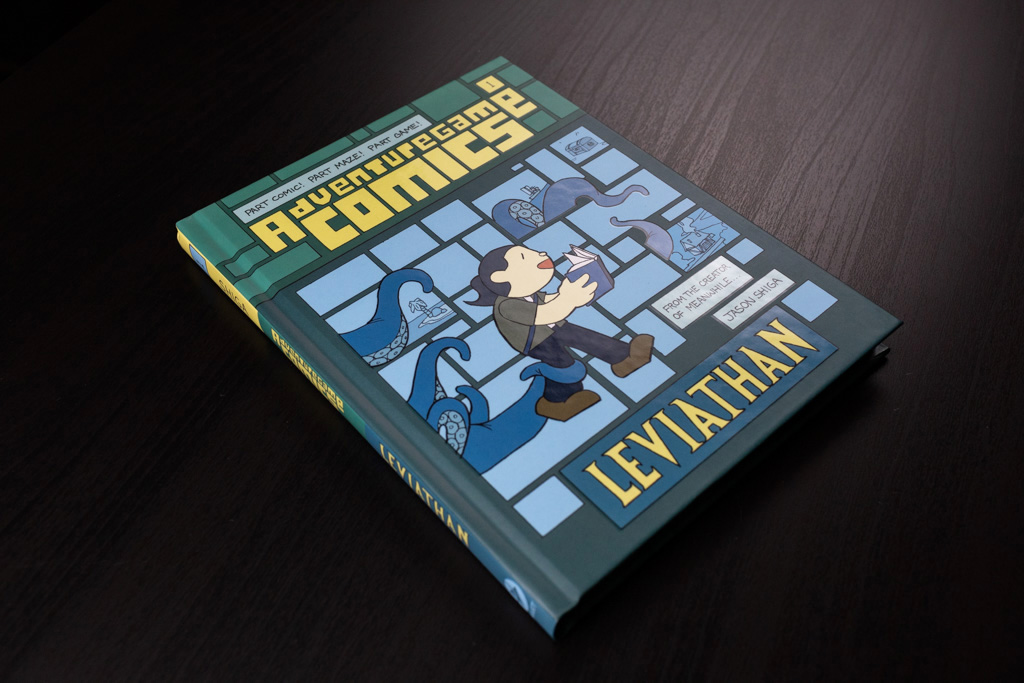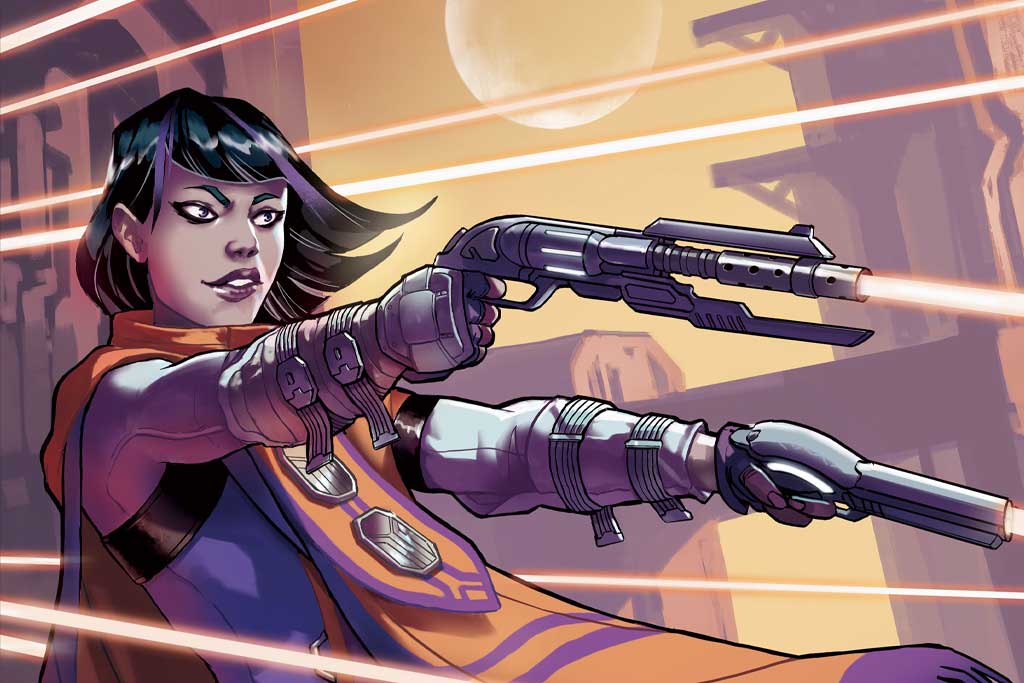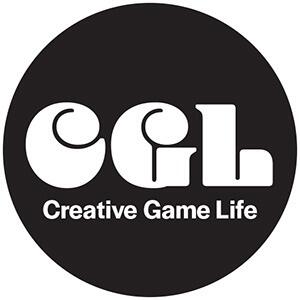Edward Packard and R. A. Montgomery’s groundbreaking series of Choose Your Own Adventure books have entertained and inspired many of us. We take a look at the history, structure, and influence of this famous series of non linear book creation.

Edward Packard first conceived the idea for CYOA books while telling stories to his children. He noticed that they were more engaged when they were able to make choices and affect the outcome. He decided to experiment with this idea by creating a story in which the reader could make choices and turn to different pages depending on those choices.
Packard’s first book in the series was “Sugarcane Island.” The book was rejected by multiple publishers until Packard met Ray Montgomery and Constance Cappel. The couple ran the small publishing company Vermont Crossroads and were interested in the project. Together they launched the first publishing of the “book”Sugarcane Island.” The book caught the attention of Bantam Books, who then published and distributed the series. Packard and Montgomery accepted the offer and the Choose Your Own Adventure series was officially launched in 1979.
Non-linear Structure
The structure of Choose Your Own Adventure books is designed to make the reading experience interactive and engaging. The books are written in a second-person point of view. The reader is addressed directly as the main character of the story. The story progresses through a series of numbered paragraphs, each representing a different point in the story. At key points in the story, the reader is presented with a choice, which is represented by a page number. The reader is then directed to turn to that page or paragraph to continue the story.
Below is an interactive story diagram showing the various paths in a typical Choose Your Own Adventure novel. Imagine each box in the diagram represents a page number. Your options are represented by boxes in bright green. Click on one of the green boxes of your choosing and continue down the story branch. Branches are collapsible. Endings are shaded in gray.
CYOA Influence
The influence of CYOA books is apparent in various forms of media, from video games to interactive fiction. The series pioneered interactive fiction and inspired a variety of interactive stories, games, and media. Text adventure games such as Zork and Kings Quest owe a debt to the series. And CYOA has inspired more direct fiction spin-offs such as “Find Your Fate” and “Give Yourself Goosebumps.” The impact of the series can also be seen in the popularity of interactive fiction, escape rooms, TTRPGs, and board games.
Appeal of Choosing Your Own Adventure
The appeal of Choose Your Own Adventure books lies in their interactive and non-linear nature. The story structure allows readers to make choices that affect the outcome of the story. This which makes the reading experience more engaging and interactive. The books also encourage children to read by giving them a sense of control over the story. The series covers a wide range of genres, which appeals to a diverse audience.

House of Danger Board Game
Choose Your Own Adventure: House of Danger is a board game based on the book of the same name. The game is published by Z-Man Games, who licensed the rights to the series and released in 2018. In House of Danger, players take on the role of a character who is trapped in a mysterious mansion . The game includes over 200 different endings with a variety of challenges, puzzles, and obstacles that players must overcome. The game also includes a variety of different characters to play as, each with their own strengths and weaknesses.





Pingback: Board Games and TTRPGs for Kids Home From School
Pingback: How to Create an RPG Video Game as a Beginner
Pingback: Graphic Novel Gaming in Adventuregame Comics: Leviathan by Jason Shiga